A “revolution”: this was the term that, ten years ago, in July 2014, the then Minister of Cultural Heritage Dario Franceschini used to present the reform of the ministry, which would come into force on December 10 of the same year, with the Decree of the President of the Council of Ministers (dpcm) number 17/2014, containing the “Regulations for the organization of the Ministry of Cultural Heritage and Activities and Tourism, the offices of the direct collaboration of the Minister and the Independent Performance Evaluation Body.” The novelty that had the most impact was certainly the autonomy of state museums, in all about 450 out of the more than 4.000 that make up the museum fabric of our country: before then, museums were offices of the superintendencies, and were therefore strongly linked to their territories, but they did not have their own budget, did not have their own statutes, did not have their own scientific committee, let alone a board of directors, and obviously did not have the independence that was then considered indispensable to transform them into institutions in step with the times. In fact, museum management was considered too slow and too held back by bureaucratic obstacles to be able to project our institutes into a society characterized by major changes: growing tourist flows, new ways of looking at collections and audiences, the rapid evolution of technologies. What was needed was a structure that was more effective, quicker, better organized, and better able to respond to change.
The need for reform was, first of all, to carry out a spending review that would best react to the not easy economic situation that Italy was going through at that time, as well as to streamline the bureaucratic apparatus and, as far as museums were concerned, to put them in a position to work better with respect to both their collections and their audiences, as well as to make them more efficient and to ensure that directors had decision-making and managerial autonomy. There was a great deal of criticism, because it was felt that the new arrangement implied a caesura between museums and the territory, that the institutes, made autonomous, would be managed more with a corporatist slant than as institutes of culture, and that autonomy would make large museums much stronger than small ones.
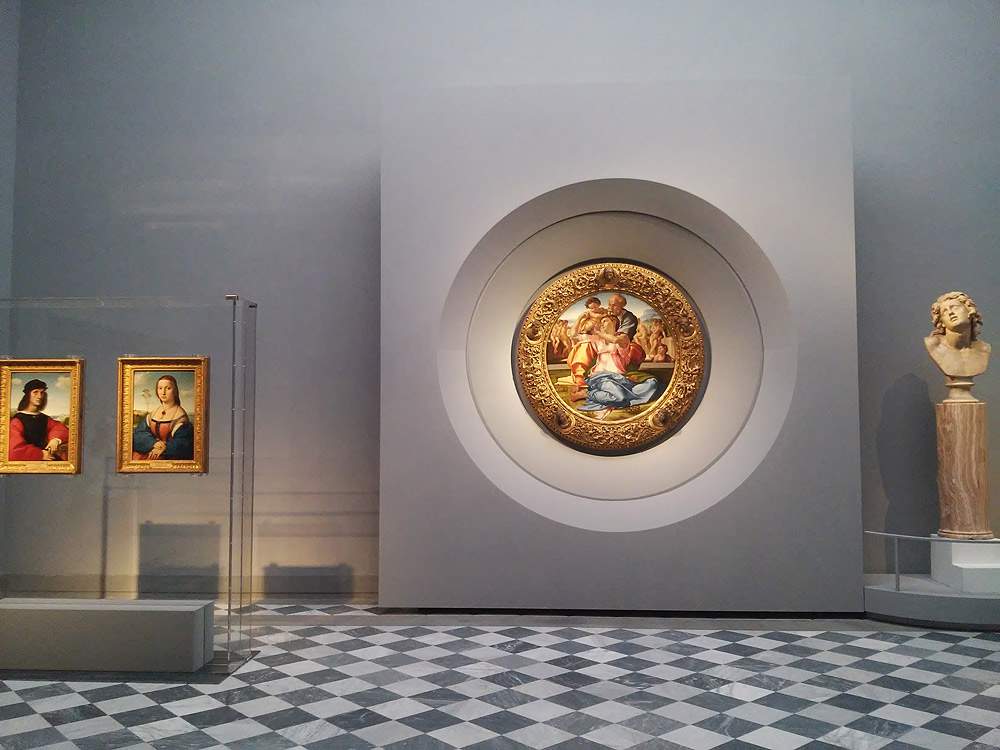
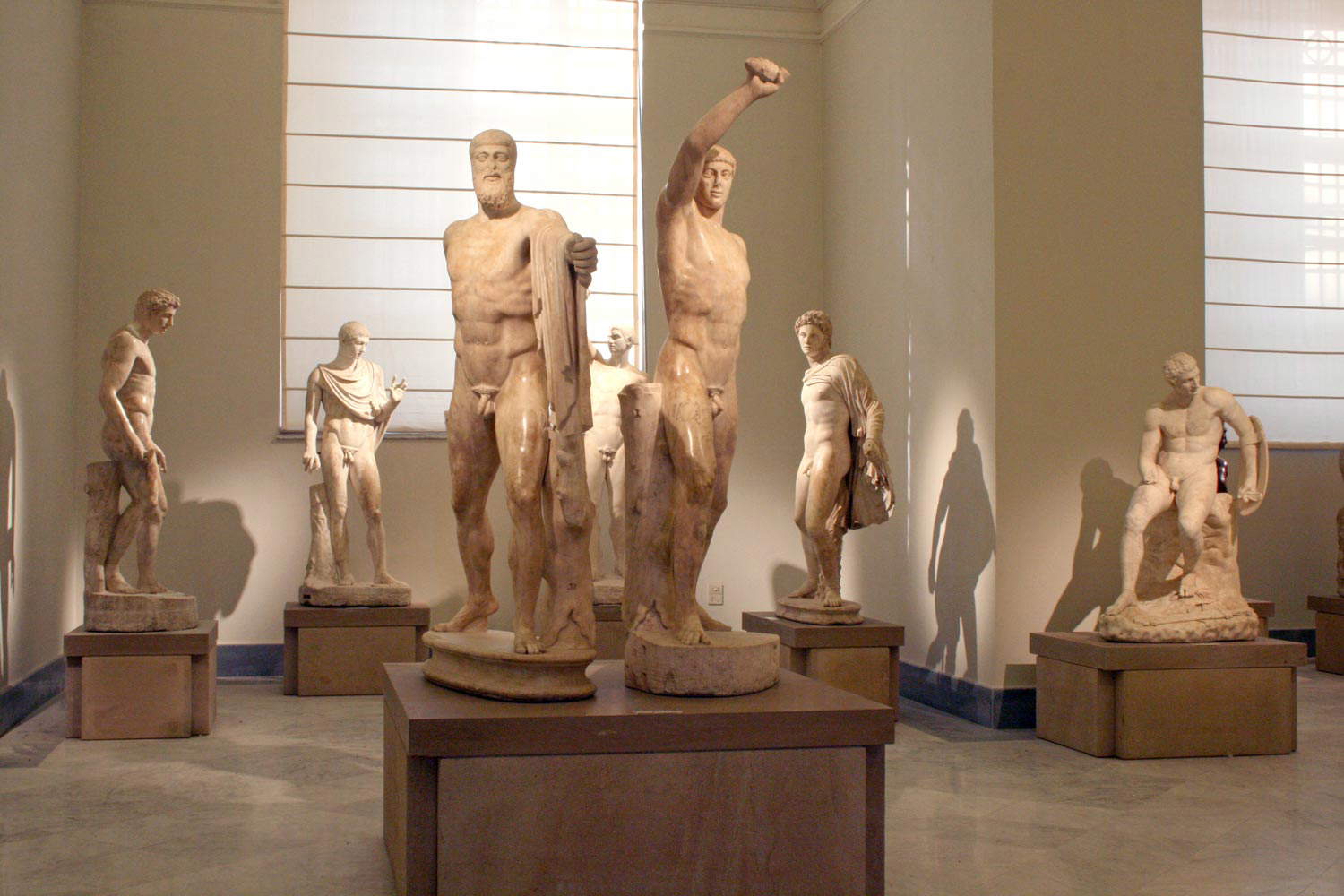
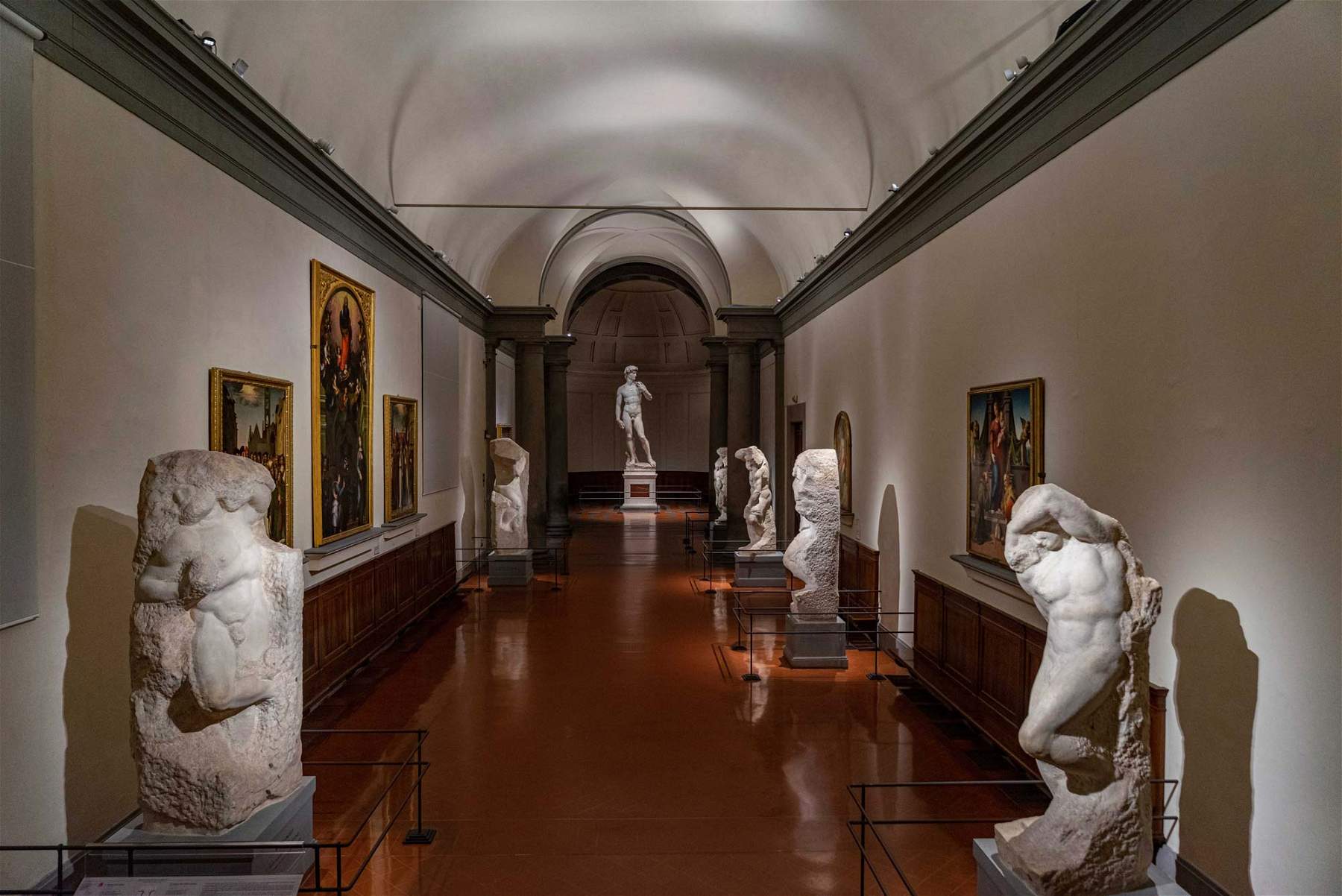
However, the reform went forward expeditiously: “These are not small changes,” Minister Franceschini said at the time, “Italians expect important reforms from this government, and the reorganization of Mibact is a great revolution that will allow us to invest in the incredible cultural heritage we possess.” Meanwhile, the new structure entailed the creation of a Directorate General for Museums, which would oversee the national museum system and coordinate state museums, and which was given policy, coordination, and control functions over museums. Museums were divided into two types: twenty institutes, those judged to be of significant national interest, became museums with special autonomy (this is what we commonly refer to when we speak of “autonomous museums”) and were elevated to executive-level offices. These were eighteen museums and two archaeological parks: the Colosseum-National Roman Museum-Archaeological Area complex in Rome, the Pompeii-Herculaneum-Stabia complex, the Borghese Gallery, the Uffizi Gallery, the National Gallery of Modern and Contemporary Art in Rome, the Gallerie dell’ Accademia in Venice, the Capodimonte Museum, the Pinacoteca di Brera, the Reggia di Caserta, the Galleria dell’Accademia in Florence, the Galleria Estense in Modena, the National Gallery of Ancient Art in Rome, the Royal Pole in Turin, the Bargello National Museum, the National Archaeological Museum in Naples, the National Archaeological Museum in Reggio Calabria, the National Archaeological Museum in Taranto, Paestum, the Ducal Palace in Mantua, and the Royal Palace in Genoa. These museums were chosen on the basis of several criteria, including the importance of the collections, the size of the exhibition area, and the number of visitors.
All the others were grouped into regional museum poles, which were also elevated to the rank of executive-level offices, and organized as peripheral branches of the General Directorate of Museums in order to ensure in the territory the performance of the public service of enjoyment and enhancement of the institutes and places of culture in the hands of the state. Museums with special autonomy, unlike museums belonging to regional poles, would have been endowed with scientific, financial, accounting and organizational autonomy, and would have had their own board of directors (responsible for determining research lines and technical guidelines in accordance with ministry directives, and also would have adopted bylaws and approved the budget, the final balance sheet and the instruments for verifying services), a scientific committee (an advisory body that would support the director on matters of a scientific nature) and a board of auditors. In addition, of course, to a director, identified as the person responsible for the management of the museum as a whole. This means that, for example, should a museum fail to meet its goals, the director would be held accountable.
Under the reform, each museum would have bylaws, a budget , and clear forms of management. Bylaws would be adopted by the board of directors of the individual autonomous museum and approved by the minister in the case of autonomous museums, while for regional clusters it would be adopted by the cluster director and approved by the director general of museums. The budget was to show the planning and results of the financial and accounting management of the economic resources available to the individual institution. Again, the organization of the museums was divided into five functional areas, each of which would have at least one person in charge: direction; collections care and management; study, teaching, and research; marketing, fundraising, services and public relations; public relations; administration, finance, and human resources management; and facilities, exhibitions, and security. For the selection of directors, the ministry announced an international competition that would shortly lead to the appointment of the first twenty directors, many of them foreigners, who remained for two terms at the helm of their institutes, and in the meantime also became prominent public figures (one above all: Eike Schmidt, director of the Uffizi).
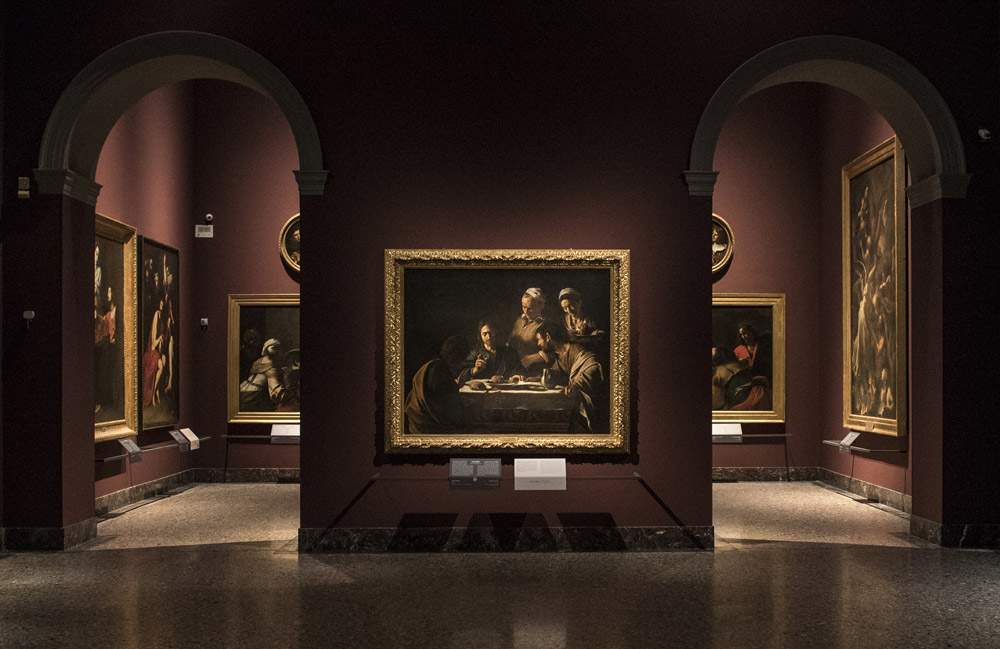
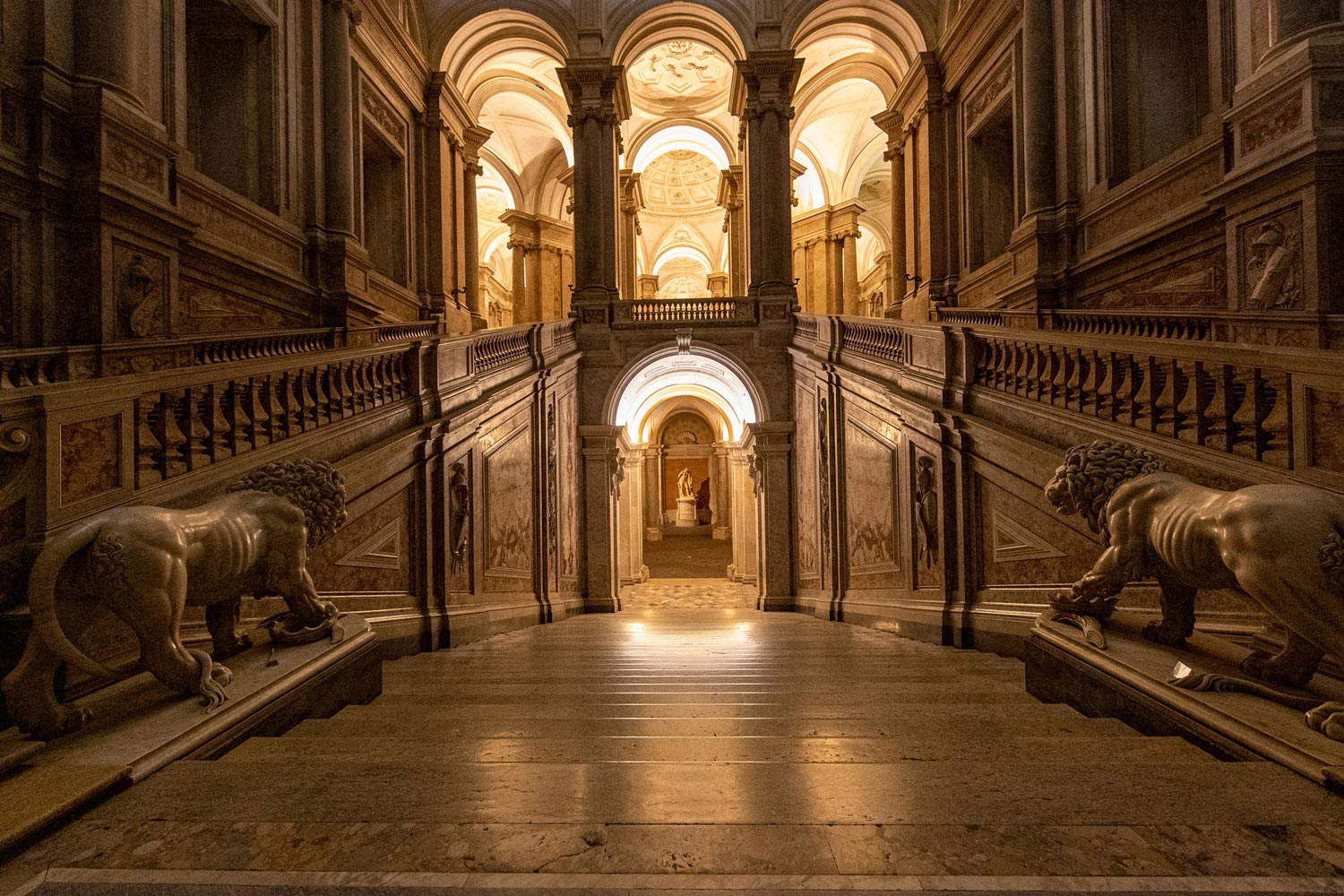
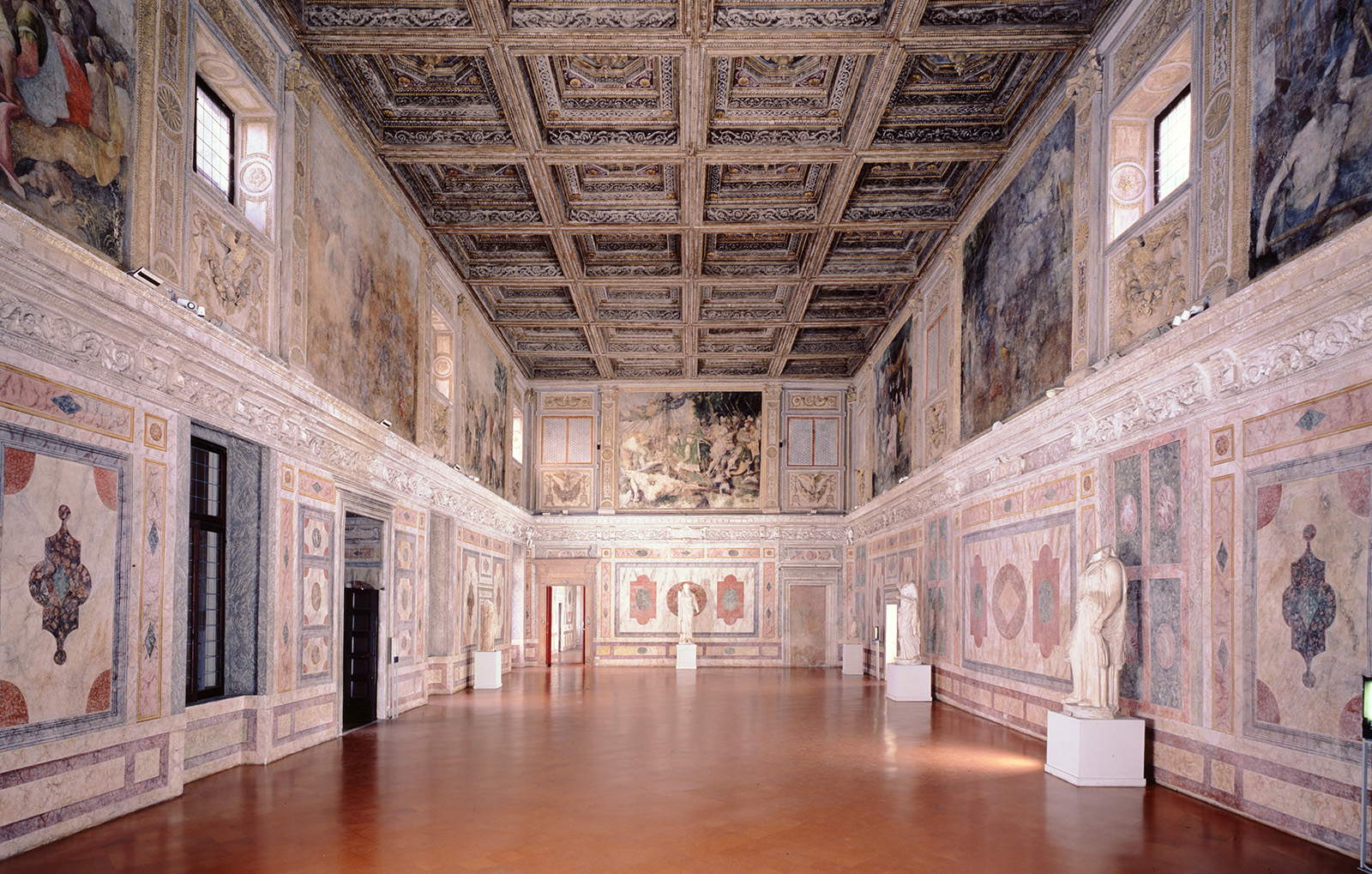
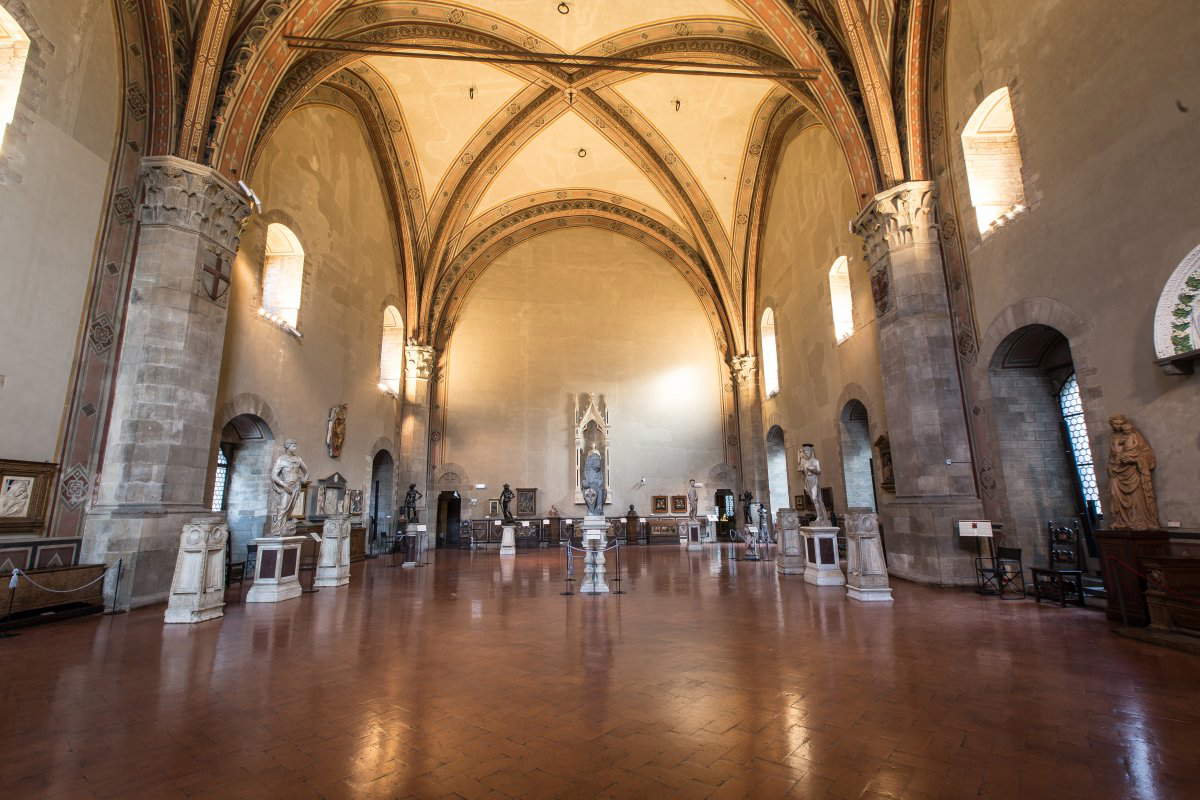
This was a momentous reform that constituted a real watershed in the management of state museums. As Daniele Jalla, president of ICOM, has written, the Franceschini reform sanctioned the end of an era, that of “office-museums incorporated into the Superintendencies, without a director, without organizational regulations, without their own budget, without any technical-scientific and organizational autonomy. Of ’universitas rerum,’ of ’collections open to the public,’ and not of ’universitas rerum et bonorum,’ that is, of institutes, as everywhere in the world and as they had been recognized by national legislation on non-state museums and by regional laws since the 1970s.” The reform also sanctioned the separation of protection and enhancement, with the former remaining in the hands of the superintendencies and the latter in the hands of the museums: it was the end of a decades-old model, so much so that it caused much concern, as the minister was accused of weakening the superintendencies and, consequently, protection at the expense of enhancement. Supporters of the reform, on the contrary, argued that the separation of roles would strengthen them, allowing for simpler, more effective and efficient management.
Other museums would go on to gain special autonomy in the years to come: ten in 2016 (the Monumental Complex of the Pilotta in Parma, the Museum of Civilizations in Rome, the National Etruscan Museum of Villa Giulia in Rome, the National Museum of Rome, the Historical Museum and Park of the Castle of Miramare in Trieste, the Appia Antica Archaeological Park in Rome, the Campi Flegrei Archaeological Park, the Archaeological Park of Herculaneum, the Archaeological Park of Ostia Antica, Villa Adriana and Villa d’Este in Tivoli), seven in 2019 (Vittoriano and Palazzo Venezia, the National Picture Gallery of Bologna, the National Museum of Matera, the Royal Palace of Naples, the National Archaeological Museum of Cagliari, the National Museum of Abruzzo and the Archaeological Park of Sibari), four in 2021 (the Archaeological Park of Cerveteri and Tarquinia, the National Picture Gallery of Siena, the Archaeological Park of Sepino and the National Museum of Digital Art). Seventeen more finally have been added in 2023. In the meantime, the regional museum hubs changed their names, becoming, in 2019, “Territorial Directorates of Museum Networks,” and finally, in 2020, they assumed their current name of “Regional Museum Directorates.”
What have been the benefits brought about by the autonomy of museums? Several, as we had the opportunity to probe on these pages last year in our survey on museum reform in which we compared the views of several directors: having introduced a proper structure with the powers of the various management bodies well balanced between them, having given museums autonomy over research, the possibility to manage autonomously also communication and thus carry out actions on the public, the possibility to work out pricing as well as possible subscriptions, the establishment of a solidarity fund thanks to which part of the proceeds of the largest and richest museums is earmarked to financially help weaker museums that would otherwise have no resources to function at their best. However, several critical issues remain: for example, museums cannot independently manage human resources (this is perhaps the most sensitive issue, not least because the ministry itself suffers from major shortages and has been working understaffed for years). Recently, Ludovico Solima, professor of economics at the University of Campania, in an article written for AgenziaCult then systematically listed several points that should be improved: improving transparency and spending capacity, little use of the Strategic Plan, strengthening listening, creativity, and innovation.
So the challenges for the future, ten years after the introduction of autonomy, are many, and perhaps the structure would need an overhaul. What is certain is that autonomy nevertheless seems to be a road that cannot be abandoned: it will therefore be worth remembering, as Stefano L’Occaso, director of the Ducal Palace in Mantua, said, that autonomy “has given a new way of looking at things and above all a new way of living the relationship with the public, which today is a living part of the museum.”
Warning: the translation into English of the original Italian article was created using automatic tools. We undertake to review all articles, but we do not guarantee the total absence of inaccuracies in the translation due to the program. You can find the original by clicking on the ITA button. If you find any mistake,please contact us.